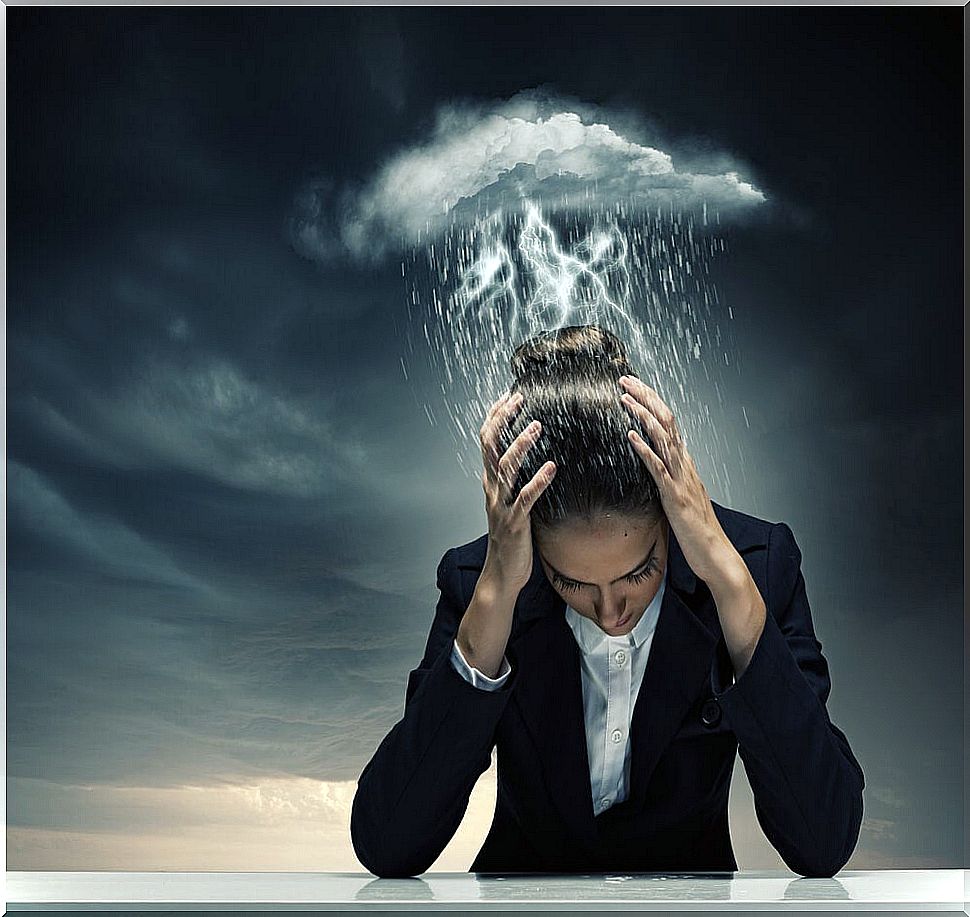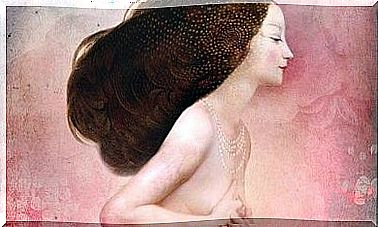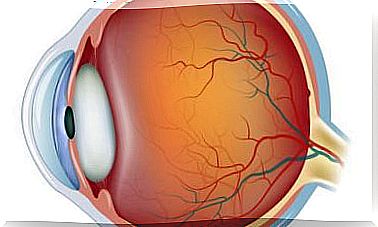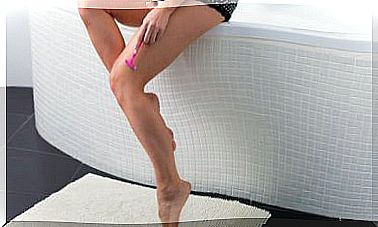Migraine: Causes, Symptoms, Diagnosis And Treatment
Before the migraine, the patient may present what is known as an aura. Let’s see more below.

A large percentage of women suffer from migraine occasionally or regularly. This neurological disorder affects their quality of life, as it prevents them from doing their daily routine. Thus, this can cause them great discouragement and even depression and isolation. We present the causes of migraine, as well as its diagnosis and treatment.
What is migraine?
Migraine is a neurological disorder characterized by severe headaches. Many people who suffer from these pains tend to attribute them to tension, stress or anxiety when, in fact, they may be suffering from a migraine.

Migraine or migraine occurs with localized pain on one or both sides of the head. It is a pain that completely incapacitates the person and affects a large part of the population (18% of adult women, compared to 6% of men).
The classic migraine begins with dysfunctions in the vision. Flashes of light appear on one side of the visual spectrum. Zigzag lines and even colored lights are also displayed. These optical effects usually last between 10 to 30 minutes.
Causes of migraine
Different patterns and forms of pain can occur among people with migraines. Even in the same patient the location of the painful focus can vary throughout his life.
Thus, it is vitally important to discover the causes that enhance the appearance of migraines. This will reduce the frequency and even the intensity of the migraine. The causes or triggers of migraine are:
- Stress.
- Sleep disturbances
- Exposure to strong odors.
- Sudden changes in the weather.
- Smoking and alcohol intake.
- Overexposure to bright lights.
- The use of some medications.
- Consumption of some foods (monosodium glutamate, artificial sweeteners, soy, dairy, caffeine, chocolate, citrus, bananas, avocado, etc.)
Symptoms
The main symptom is a headache with severe pain that spreads to the head, neck, and facial muscles. This pain can last from 4 to 72 hours. For the rest, the rest of the symptoms of this pathology are very characteristic and recognizable:
- Fatigue.
- Palpitations
- Pale skin
- Gastric disturbance: it is followed by nausea and vomiting.
- Visual symptoms: pued in flashes appear, lightning, zigzagging lines, blur, partial loss of vision or eye pain.
- Photophobia and phonophobia: episodes of hypersensitivity to light and sound usually occur.
- Psychological changes: stress attacks, anxiety, insomnia, depression and even nervousness and aggressiveness.
Thus, migraine prevents the person from doing any activity, almost entirely. Other less common symptoms that can also appear are the following:
- Dizziness
- Difficulty in speech.
- Itching, tingling and tingling.
- Involuntary movements of the body.
Diagnosis
The diagnosis of migraine depends on the symptoms that the patient presents. For this, a well-detailed clinical history is made, in which the information that the patient describes about his pain will be of great importance to the doctor.
Thus, it is not usual to consult a neurologist to diagnose a migraine. Only in cases where a secondary headache or other possible pathology is suspected, imaging tests will be requested. The tests that are carried out are magnetic resonance imaging and scanning (CT).
Treatment of migraine

There are two lines of treatment to combat migraine headaches. Drugs and alternative therapies.
Pharmacotherapy
The choice of drug depends on the cause of the migraine:
- Analgesics and anti-inflammatories such as ibuprofen, aspirin, paracetamol, etc. They only have effects with mild or moderate migraines.
- Antiemetics – Used to inhibit vomiting and nausea.
- Antihypertensives : used in migraines due to hypertension in the arteries.
- Antidepressants : for migraines and headaches caused by depression or decompensation of tension.
Natural therapies
Natural therapies to treat migraine are always based, first of all, on hydration and nutrition. It is essential to maintain adequate hydration and at the same time, increase the consumption of fresh and natural foods, and eliminate ultra-processed products from the diet (pastries, snacks, precooked, etc.). It is also important to rule out possible food intolerances, such as gluten or lactose.
These types of therapies take into account general health to treat any disorder. The hormonal system, the functioning of the liver, kidneys and intestines, emotions, etc. Very positive results can be achieved with techniques such as acupuncture, homeopathy, magnetotherapy, chromotherapy, etc.









